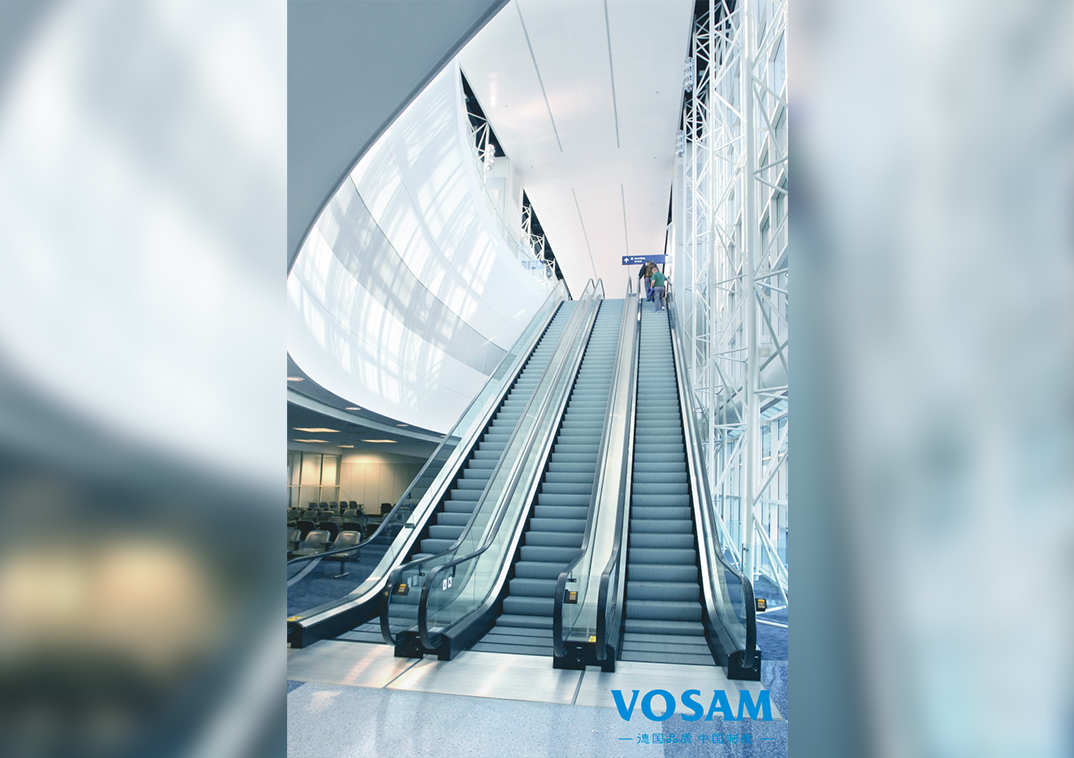The safety design of escalators is critical to ensure the safety of passengers during use and prevent accidents. Here are some key safety design elements:
Anti-pinch design: Modern elevators and escalators are equipped with anti-pinch devices, especially on the edges of stairs and handrails. These devices can prevent people's clothing, shoelaces or other items from being caught, reducing the risk of injury.
Footrest and step design: The design of the steps usually has reasonable gaps to prevent objects from getting stuck, while ensuring that passengers will not fall due to loose or damaged steps. The surface of the steps is also often made of non-slip materials to increase friction to avoid slipping.
Emergency stop device: Elevators and escalators are usually equipped with emergency stop buttons that can immediately stop the operation of the equipment when potential danger is detected to avoid accidents.
Handrail anti-pinch: The handrail is usually designed to slide to ensure that there is no risk of hand pinching. The speed of the handrail should be consistent with the speed of the escalator's steps to prevent the handrail from getting stuck in the passenger's hand.

Sensors and monitoring systems: Many modern escalators are equipped with sensors to monitor the operating status of the equipment, including abnormal movement of steps and handrails, excessive load or other potential faults, to ensure that the equipment can automatically alarm or shut down when problems are found.
Smooth start and stop mechanism: The design of elevators and escalators also ensures smooth start and stop, avoiding sudden acceleration or deceleration, which can reduce the risk of passengers falling or suffering other injuries during use.
Standardized installation and maintenance: The design of escalators must not only meet national and international safety standards, but also require regular inspection and maintenance. Maintaining the normal operation of the equipment and promptly repairing any damaged or worn parts are important measures to ensure its safety.
Emergency evacuation design: In the event of a failure or other emergency, elevators and escalators should have emergency evacuation passages to ensure that people can evacuate quickly and safely.
Through the combination of these designs and technical measures, escalators can provide passengers with a relatively safe riding environment. However, in order to further ensure safety, passengers should also follow relevant safety regulations, such as avoiding running on escalators, avoiding carrying large or irregular objects, and children must be accompanied by adults.











